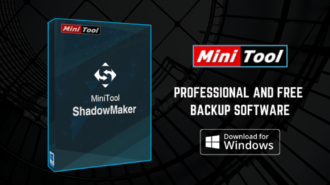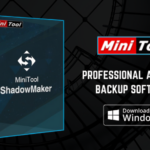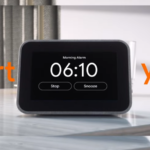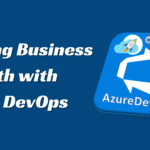Integrating Embedded Engineering Services with Cloud Solutions for IoT Devices
- 1 The Foundations of IoT: Embedded Engineering Services
- 1.1 Embedded Engineering Service: Building the Hardware
- 1.2 Embedded Engineering Service: Crafting the Software
- 1.3 The Role of Cloud Engineering Service
- 1.4 Cloud Engineering Service: Data Storage and Analysis
- 1.5 Scalability and Flexibility
- 1.6 Remote Access and Management
- 1.7 The Synergy: Integration of Embedded Engineering and Cloud Solutions
- 1.8 Data Collection and Processing
- 1.9 Data Storage and Analysis
- 1.10 Remote Management and Control
- 1.11 Scalability
- 1.12 Use Cases for Integrated IoT Solutions
- 1.12.1 applications:
In today’s digitally connected world, the Internet of Things (IoT) has established itself as a transformative force across industries. IoT devices, ranging from smart thermostats to industrial sensors, are at the heart of this technological revolution. To harness the full potential of IoT, the integration of Embedded Engineering Services and Cloud Engineering Services has become crucial. In this article, we will explore the synergistic relationship between these two components and how they are reshaping the landscape of IoT.
The Foundations of IoT: Embedded Engineering Services
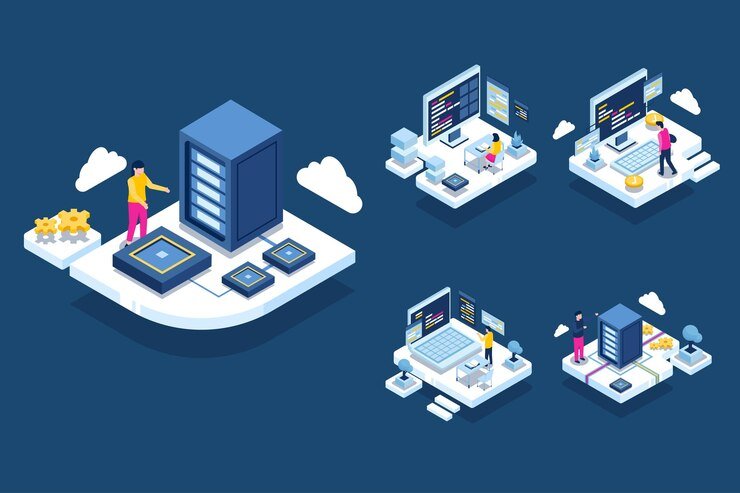
Embedded Engineering Services form the bedrock of IoT. These services are responsible for the design, development, and implementation of the hardware and software that power IoT devices. Whether it’s a tiny sensor in a smart home device or a sophisticated controller in an industrial machine, embedded systems are at the heart of data collection and processing.
Embedded Engineering Service: Building the Hardware
Embedded engineering involves creating the physical components of IoT devices. These components include sensors, microcontrollers, and communication modules. For example, a temperature sensor in a smart thermostat is an embedded system that collects data about the room’s temperature. It is this sensor that forms the initial point of interaction with the physical world.
The design and manufacturing of these embedded systems require expertise in electronics, software development, and integration. Companies specializing in
Embedded Engineering Service works on optimizing the performance, power consumption, and durability of these components. Their goal is to create reliable and efficient devices capable of capturing and transmitting data accurately.
Embedded Engineering Service: Crafting the Software
In addition to the hardware, software plays a pivotal role in embedded engineering. This software includes the firmware and operating systems that govern the functionality of IoT devices. For instance, the firmware of a wearable fitness tracker determines how it records and analyzes your daily activities.
The development of firmware requires a deep understanding of the hardware it will run on. It must be efficient, reliable, and, in some cases, capable of real-time data processing. Moreover, as security is a significant concern in IoT, embedded engineers must implement robust security measures to safeguard data and the device itself.
The Role of Cloud Engineering Service
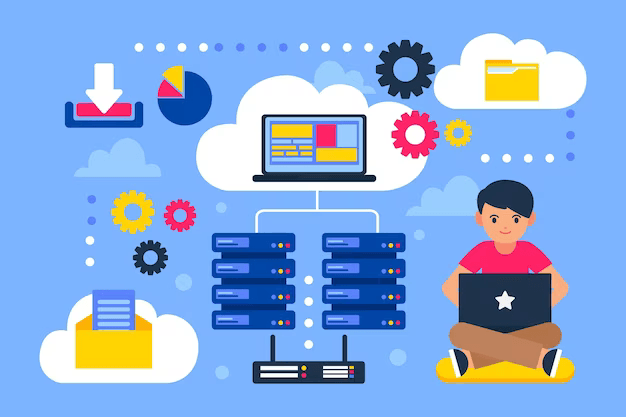
While Embedded Engineering Services lay the foundation, Cloud Engineering Services provide the wings for IoT devices. Cloud solutions offer a multitude of advantages, particularly in terms of data storage, processing power, and scalability. Let’s delve into how Cloud Engineering Services complement and enhance IoT.
Cloud Engineering Service: Data Storage and Analysis
One of the most significant challenges in IoT is handling the vast amount of data generated by devices. Embedded systems capture data continuously, and this data
needs to be stored, analyzed and made accessible for decision-making. This is where the cloud comes into play.
Cloud Engineering Service provides scalable and secure data storage solutions. Data from IoT devices can be transmitted to the cloud in real time, where it’s stored in databases. These databases can handle structured and unstructured data, making it easy to organize and access information when needed.
Moreover, cloud platforms offer powerful data analysis tools, including machine learning and artificial intelligence capabilities. These tools allow organizations to derive meaningful insights from IoT data. For example, a company using IoT sensors in its supply chain can analyze the data to optimize routes, reduce fuel consumption, and minimize delivery times.
Scalability and Flexibility

IoT deployments can vary significantly in size. Small-scale applications like a home automation system may consist of a few devices, while industrial applications might involve thousands of sensors and controllers. Cloud solutions provide the flexibility to scale up or down according to the needs of the project.
This scalability is particularly valuable in scenarios where demand fluctuates. For instance, an agriculture IoT system might require additional processing power during the planting and harvesting seasons but can scale back during the off-season. Cloud Engineering Service make it possible to adapt to such changes without significant infrastructure investments.
Remote Access and Management
Another advantage of integrating cloud solutions with IoT devices is remote access and management. Cloud platforms enable users to monitor, control, and update devices from anywhere with an internet connection. This is especially useful in scenarios where devices are dispersed across a wide area or are difficult to physically access.
For instance, in the case of smart city applications, municipal authorities can remotely monitor streetlights and adjust their brightness based on real-time data or maintenance needs. This not only saves time and resources but also contributes to energy conservation.
The Synergy: Integration of Embedded Engineering and Cloud Solutions

The true potential of IoT emerges when Embedded Engineering Services and Cloud Engineering Services come together. Here’s how this integration works:
Data Collection and Processing
Embedded systems capture data from the physical world. This data can include temperature readings, motion detection, environmental conditions, and more. Once collected, this data is transmitted to the cloud in real-time or periodic intervals.
For example, consider a fleet management system for a delivery company. Embedded sensors in each delivery vehicle collect data on location, speed, fuel consumption, and engine health. This data is transmitted to the cloud, where it’s stored and analyzed.
Data Storage and Analysis
In the cloud, the collected data is stored in databases. Here, it can be easily accessed, organized, and analyzed. Cloud platforms offer tools and services to process this data, such as sorting, aggregating, and applying machine learning algorithms for predictive maintenance or route optimization.
In the fleet management example, the cloud analyzes vehicle data to predict maintenance needs. When a vehicle’s engine condition deteriorates, the cloud system can trigger alerts, enabling the company to proactively schedule maintenance, reducing downtime and repair costs.
Remote Management and Control
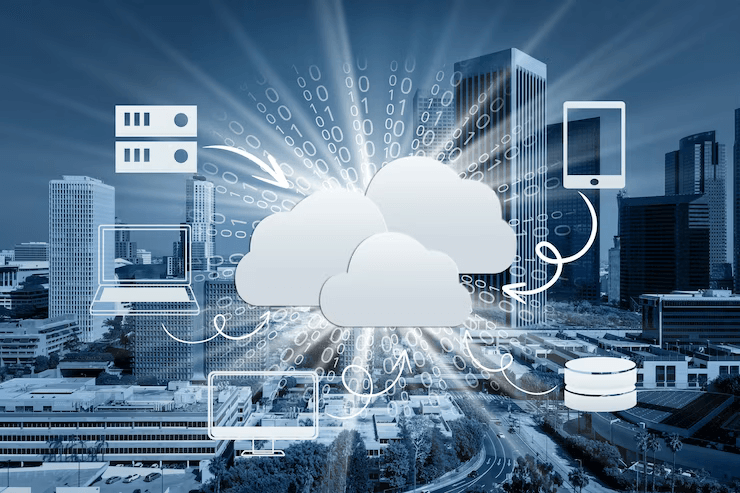
Beyond data analysis, cloud platforms offer dashboards and control interfaces. These interfaces allow users to interact with and manage IoT devices remotely. In our fleet management scenario, the company can use the cloud dashboard to monitor each vehicle’s status and even remotely shut down engines in case of emergencies.
Scalability
As the company’s fleet grows, it can easily scale up its cloud infrastructure to accommodate more vehicles and data. The cloud platform seamlessly expands to handle the increased load without major disruptions.
Use Cases for Integrated IoT Solutions
The integration of Embedded Engineering Services with Cloud Engineering Services leads to powerful, versatile IoT solutions. Here are some real-world
applications:
Smart Home Automation: In a smart home, embedded devices control lighting, heating, and security systems. The data from these devices is sent to the cloud for remote control and monitoring. Homeowners can use mobile apps to adjust settings and receive alerts in case of intruders or issues like a water leak.
Industrial IoT: Manufacturing plants and factories utilize IoT sensors to monitor machine health, track inventory, and ensure product quality. Cloud platforms provide real-time insights, enabling predictive maintenance and optimizing production processes.
Agriculture: In precision agriculture, embedded sensors in fields collect data on soil moisture, temperature, and crop health. The data is transmitted to the cloud, where it’s analyzed to optimize irrigation schedules and detect early signs of crop diseases.
Healthcare: Wearable health devices, like fitness trackers and smartwatches, collect health data that can be transmitted to the cloud. Healthcare providers can monitor patients’ vital signs, detect anomalies, and provide timely care.
Smart Cities: Municipalities use IoT devices for traffic management, waste collection, and environmental monitoring. Cloud platforms allow city officials to remotely manage traffic lights, optimize waste collection routes, and respond to environmental issues promptly.
Challenges and Considerations
While the integration of Embedded Engineering Services and Cloud Engineering
Service brings a plethora of benefits


